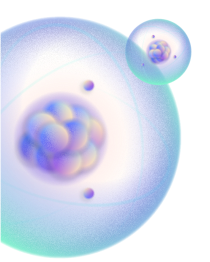ABSTRACT
False vacuum decay plays an important role in many branches of physics. In many systems, the initial state is in local thermodynamic equilibrium around the metastable minimum. For such systems the Euclidean path integral is a powerful tool to compute the decay rate or the shape of the true vacuum bubble. On the other hand, the Euclidean approach does not capture real-time dynamics of the phase transition such as the bubble formation and growth, clustering of the bubbles, etc. Furthremore, it is, in general, inapplicable to the decay in out-of-equilibrium states which occur ubiquitously in the universe (preheating, black holes, etc.). Other methods are needed to address these questions and to test the predictions of the Euclidean theory. I will review these methods and recent studies of vacuum decay. I will give two examples emphasizing the role of non-equilibrium effects. The first is the decay catalyzed by a black hole in the Unruh vacuum. The second is the decay from the thermal metastable state in the regime when equilibrium is violated during the bubble nucleation process. I will show that in both cases the decay rate is significantly suppressed compared to the predictions of the standard thermal theory.
BIOGRAPHY
Dr. Andrey Shkerin a postdoc at Perimeter Institute for Theoretical Physics (PI). He got his PhD at École Polytechnique Fédérale de Lausanne. Before coming to PI, he was a postdoc at University of Minnesota. His research interests lie in the areas of quantum field theory, particle physics, gravitation and cosmology.
Date & Time
Venue
Chair

